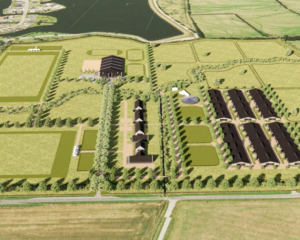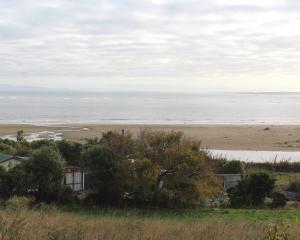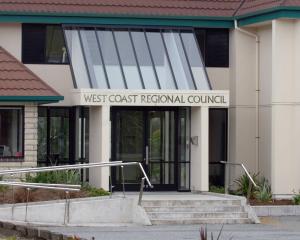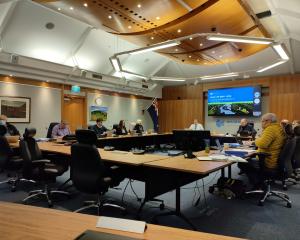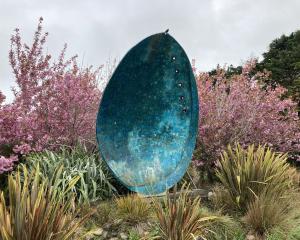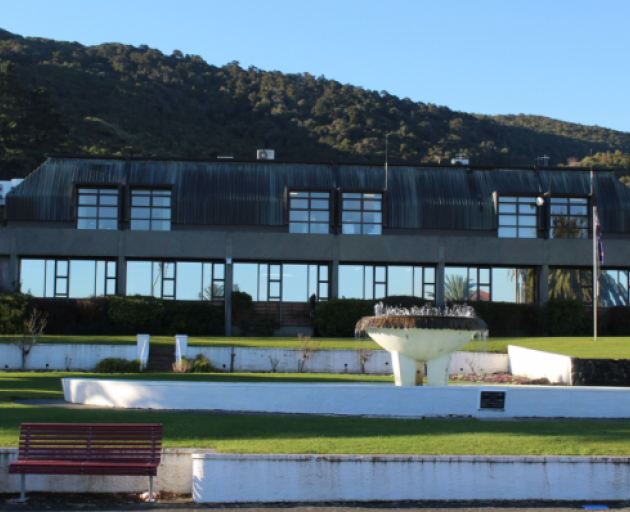
Poutini Ngāi Tahu has defended Māori sites of significance after the Grey District called for them to be cut from the West Coast’s proposed unitary district plan.
Important sites and areas for Māori are granted greater recognition and protections under the proposed combined plan for the Buller, Grey and Westland District Councils — referred to as Te Tai o Poutini Plan (TTPP).
Poutini Ngāi Tahu legal counsel Sarah Scott told the Te Tai o Poutini Plan commissioners earlier this month that Grey’s last-minute legal plea to cull a chapter on the sites and areas of significance to Māori read more like a complaint.

In March, the Grey District Council raised concerns that the significant areas chapter could affect property rights and cause future problems.
The Buller and Westland District Councils have raised no objections to identifying the Maori sites of significance.
Ms Scott said it would be more appropriate for the Grey District Council to go via the High Court with its concerns.
"[Grey district’s] submission effectively challenges the consultation period notification. That is not relevant at this point", Ms Scott said.
Evidence provided by council senior planning officer Michael McEnaney read more like a complaint on the part of the council than that of an independent planner, she said.
However, Mr McEnaney defended his stance.
The council was concerned about securing "buy-in" from affected landowners who it felt should have been consulted at the very outset on significant Māori sites, he said.
Commissioner Sharon McGarry asked Mr McEnaney if Grey’s late submission was more about the council not getting its way previously on the matter.
Mr McEnaney said that might be, but Grey was focused on protecting private property rights.
He could not say if council staff had seen the Sites and Areas Significant to Māori (SASM) draft before its approval by the TTPP committee in May 2022.
But council staff had experienced a litany of "bewilderment" from constituents since, Mr McEnaney said.
Earlier in the hearing, Poutini Ngāi Tahu historian Paul Madgwick touched on the dark history in which Greymouth was built on Māwhera Pa followed the purchase by the Crown in 1860 of the entire Poutini region for just £350.
"The Greymouth council for the last 160 years has been largely responsible for the disenfranchisement of our people from its land", he said.
"It’s really sad that the council continues to do that.
"Poutini Ngai Tahu will have a say in the resource consents for each of those sites, whether or not we end up with SASMs."
Mr Madgwick said he struggled to see how Grey could now oppose the TTPP chapter on significant sites.
"I struggle that a territorial authority with responsibility from Ikamatua to Taramakau has seen fit to oppose every SASM across the entire region."
He dismissed the claim that by identifying significant sites for Māori, Poutini Ngai Tahu wanted access to private land.
"We do not want private access. We have not raised that — that is not true at all", Mr Madgwick said.
Chief commissioner Dean Chrystal told Mr Madgwick Poutini Ngāi Tahu’s work on significant sites and areas was "an amazing job".
"You may have set a standard for others moving forward", he said.
On March 25, the Grey District Council passed a resolution against the SASM amid concerns over the process affecting property rights, and allegations of "massive issues further down the track".
Te Rununga o Ngati Wae Wae representative Francois Tumahai, not present at the time, told LDR afterwards he was "blown away" given their formal partnership.
— Brendon McMahon, Local democracy reporter
— LDR is local body journalism co-funded by RNZ and NZ On Air.

